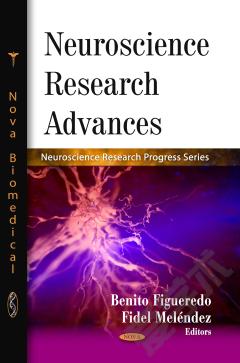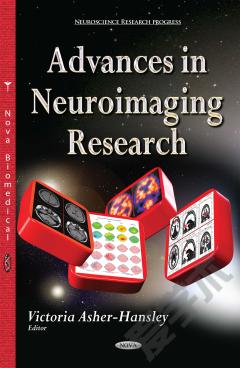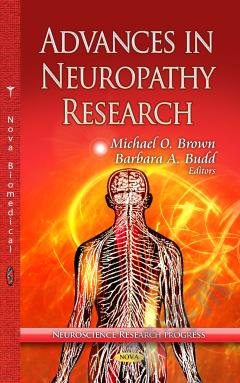Neuroscience Research Advances
Neuroscience is the scientific study of the nervous system. Survival infants with congenital heart disease (CHD) are at significant risk for neurodevelopmental impairment, either as a result of in utero physiological effects of abnormal circulation, associated congenital brain anomalies, neurodevelopmental compromise before, during and after surgical repair, or combinations of all these factors. This book examines the neurodevelopmental outcomes for patients with CHD, risk factors for adverse neurodevelopmental sequelae and peri- and intraoperative neuromonitoring and neuroprotective strategies. Furthermore, electroencephalography (EEG) has been utilized for decades in the neonatal intensive care unit to assess brain maturation, detect and localize brain injury, diagnose seizures and give prognostic information. This book reviews specific EEG/aEEG patterns and their value in predicting long term neurodevelopmental outcomes in premature infants. Also examined are the risks and benefits of physical activity in epileptics, sports in which epileptics may participate and the positive effect of physical exercise in experimental models of epilepsy. Other chapters in this book examine the presence of neurofibrillary tangles in the brain, tangle dominant dementia (TDD), a sporadic subtype of late onset progressive dementia, the effects of methylphenidate (MPD) treatment in adolescence on MPD response in adulthood, and a discussion of the "neurodevelopmental abnormality" theory, which proposes that some schizophrenics suffer from subtle neurodevelopmental insults during fetal development.
{{comment.content}}








 京公网安备 11010802027623号
京公网安备 11010802027623号